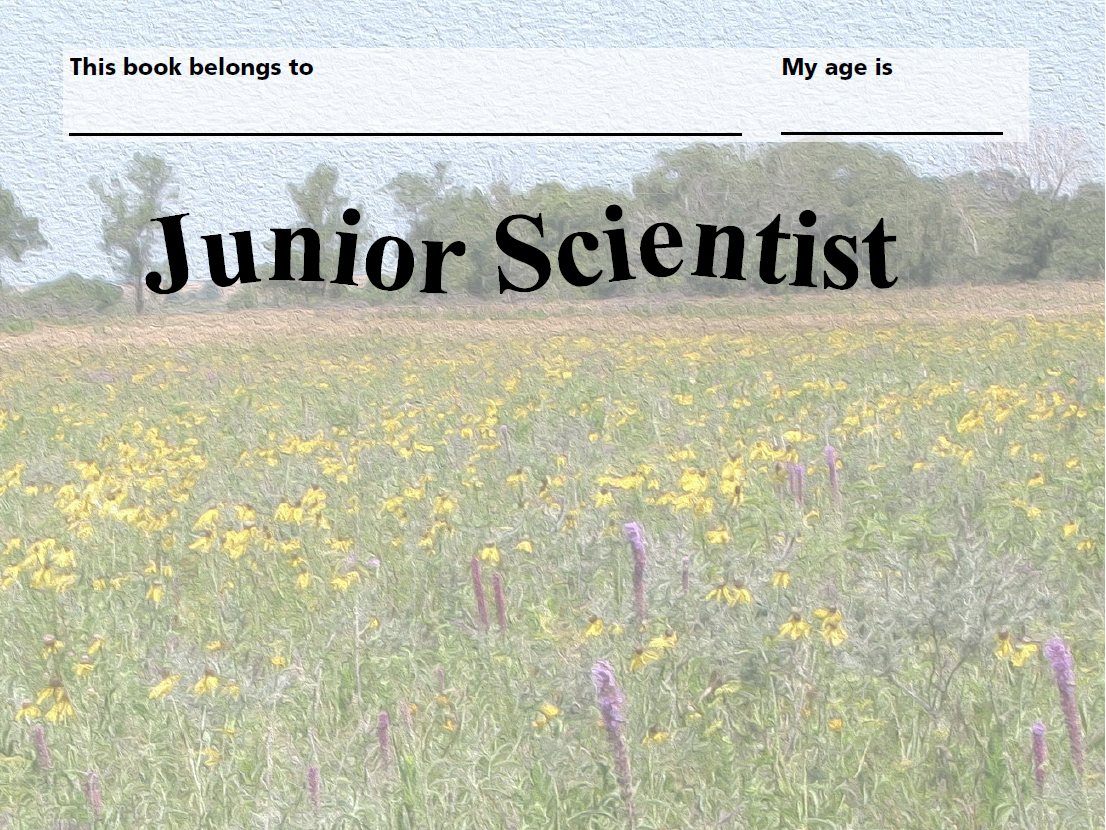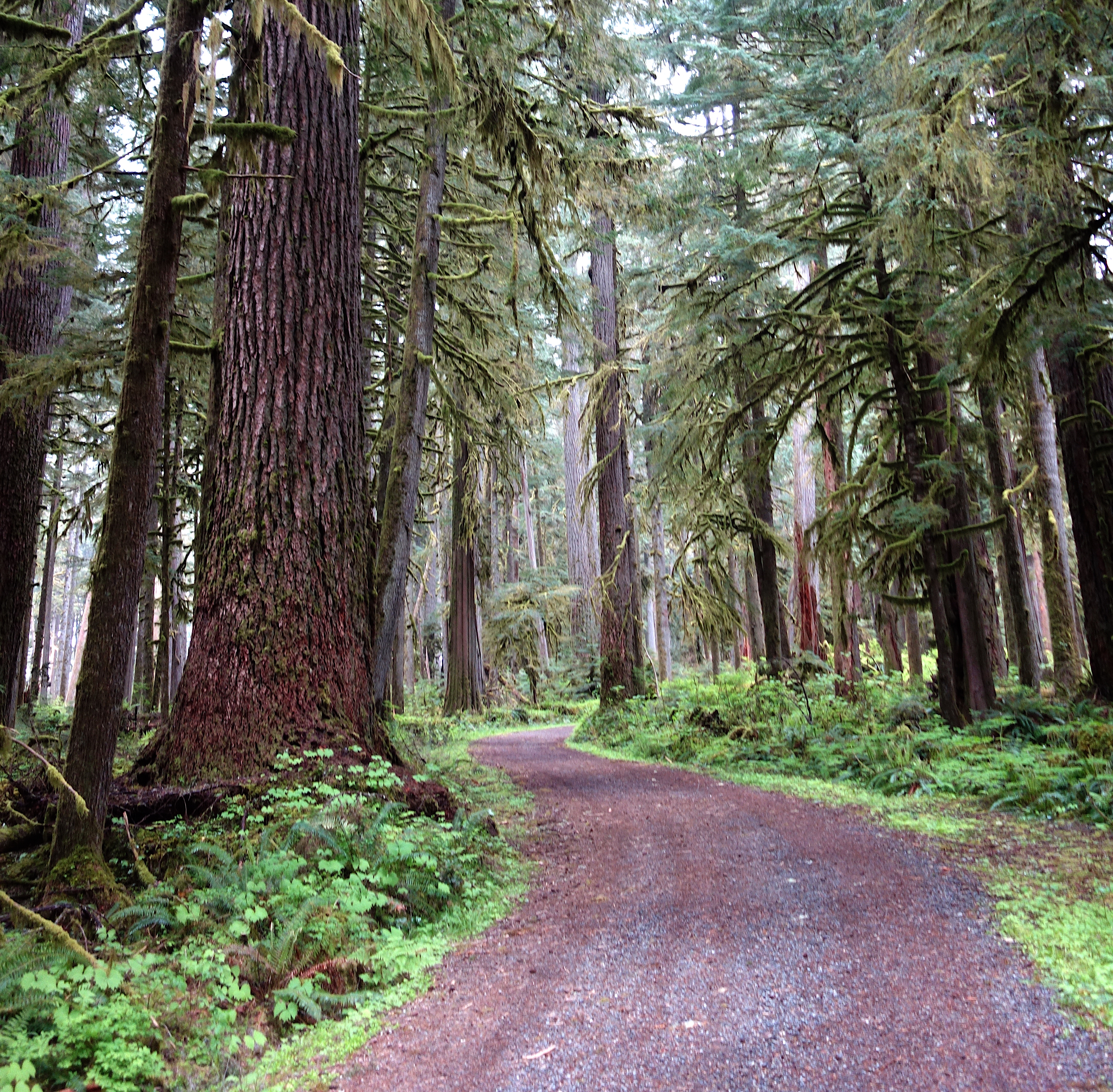- Yellowstone National Park (859)
- Acadia National Park (606)
- Boston National Historical Park (565)
- Denali National Park & Preserve (525)
- Lewis & Clark National Historic Trail (495)
- Golden Gate National Recreation Area (487)
- Grand Canyon National Park (470)
- Mount Rainier National Park (390)
- Manhattan Project National Historical Park (334)
- Show More ...
- Geologic Resources Division (629)
- Inventory and Monitoring Division (260)
- Wildland Fire Program (217)
- National Register of Historic Places Program (204)
- Natural Resource Stewardship and Science Directorate (172)
- National Center for Preservation Technology and Training (163)
- Harpers Ferry Center (145)
- National Heritage Areas Program (144)
- National Historic Landmarks Program (118)
- Show More ...
Showing 22,984 results for Sequoia Kings Canyon National Park ...
Empowering Local Youth, Restoring Sacred Lands: Puʻukoholā Heiau's Pili Grass Revival
- Type: Article

You can be a Heartland Inventory and Monitoring Network Junior Scientist! Explore what it is like to be a scientist that monitors plants, animals, and their habitats national parks. You will explore the 15 parks of the Heartland Network, make observations, identify animals and plants, and learn why scientists use scientific names for organisms. Visit a Heartland Network Park to complete the activities in the booklet or download the booklet here.
Carbon River
- Type: Article
USS HARTFORD (1858)
Preservation Matters: Disasters- Removal of Wildland Fire Chemicals from Cultural Resources
- Type: Article

During the suppression of a wildland fire, cultural resources may be accidentally or intentionally exposed to a fire chemical. This document serves as an instructional guide for individuals who are responsible for the management and preservation of cultural resources. The information presented here is based on research executed by the National Center for Preservation Technology and Training (NCPTT).
Series: Poems by Ellen Murray
- Type: Article

Very few of Ellen Murray’s writings have been identified or published. However, not all of Ellen Murray’s writings remained private. Between 1861 and 1865, she wrote at least fourteen poems that she had published in the National Anti-Slavery Standard, a prominent abolitionist newspaper. Her poems offer a glimpse in the world and perspective of one of Penn School’s founders.

















